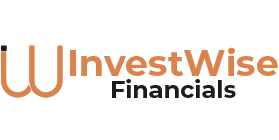On July 8, the Reserve Bank of Australia (RBA) surprised markets by holding the cash rate steady at 3.85%, signaling confidence in the economy’s stability. The decision triggered a surge in the Australian dollar and led investors to revise their expectations for when rate cuts might occur.
The A$ surged nearly 0.8%, climbing to US$0.6543, as bond futures edged lower, highlighting investors’ swift repricing reuters.com+1reuters.com+1. Following the decision, the probability of a July rate cut collapsed, with an 88% likelihood now centered on the August 12 meeting, and expectations shifting towards a terminal rate around 3.10% instead of 2.85%.
RBA Governor Michele Bullock reiterated that the bank isn’t changing course on easing but is waiting for confirmation from the quarterly inflation data, expected in late July money.usnews.com+15reuters.com+15m.economictimes.com+15. A Bloomberg-compiled Reuters poll earlier in the week had predicted a July cut, but mixed data—including softened consumer spending and cooling inflation—prompted a more cautious stance.
Commentators noted that the decision was reflective of global uncertainties, including recent U.S. tariff disruptions, prompting the RBA to err on the side of caution









